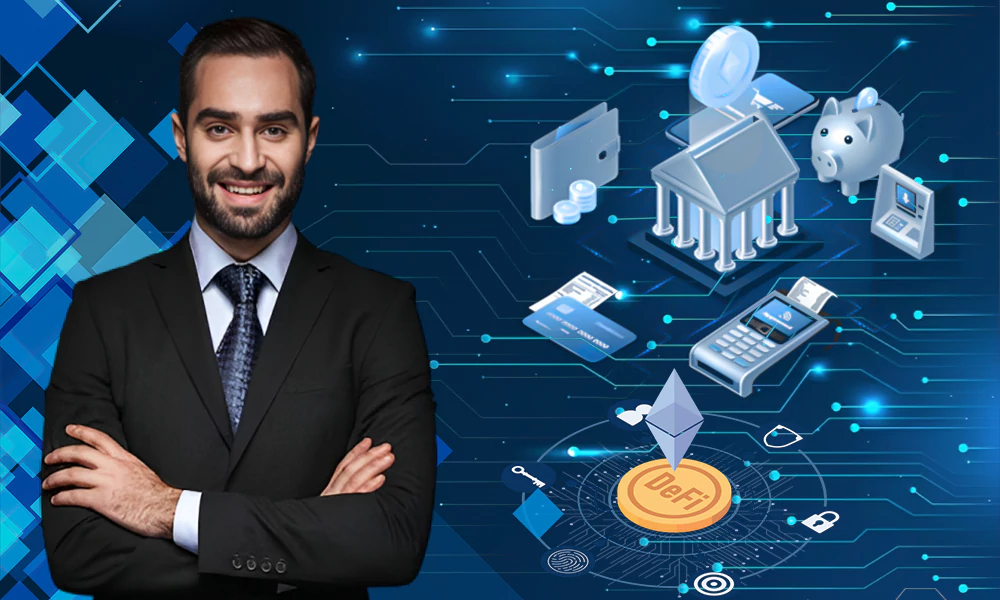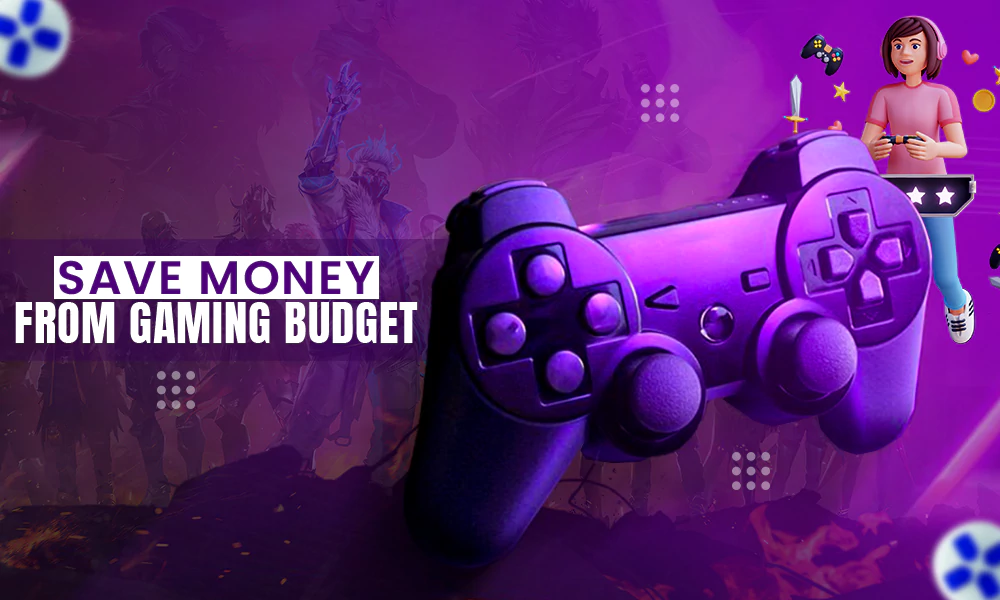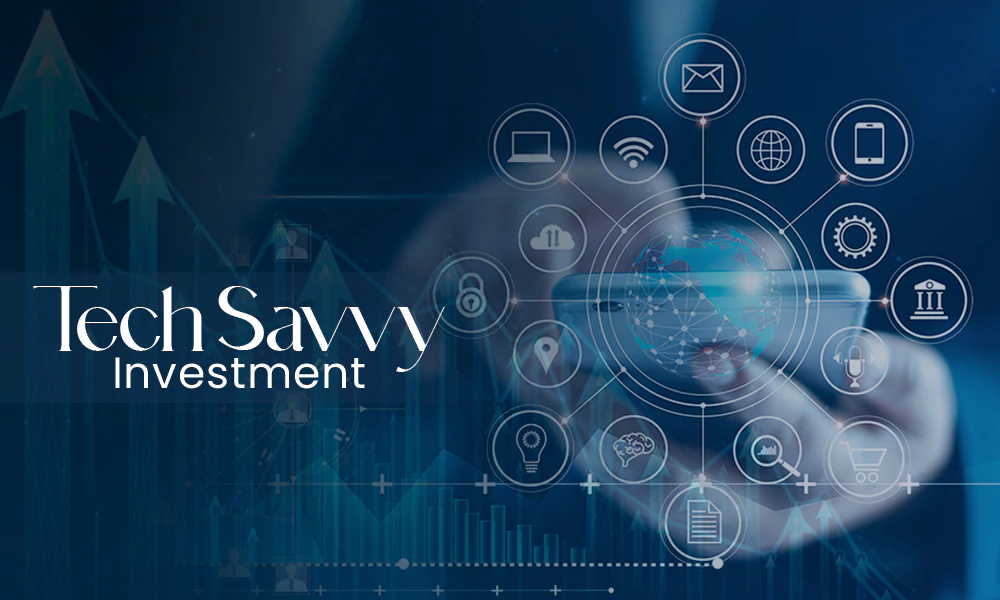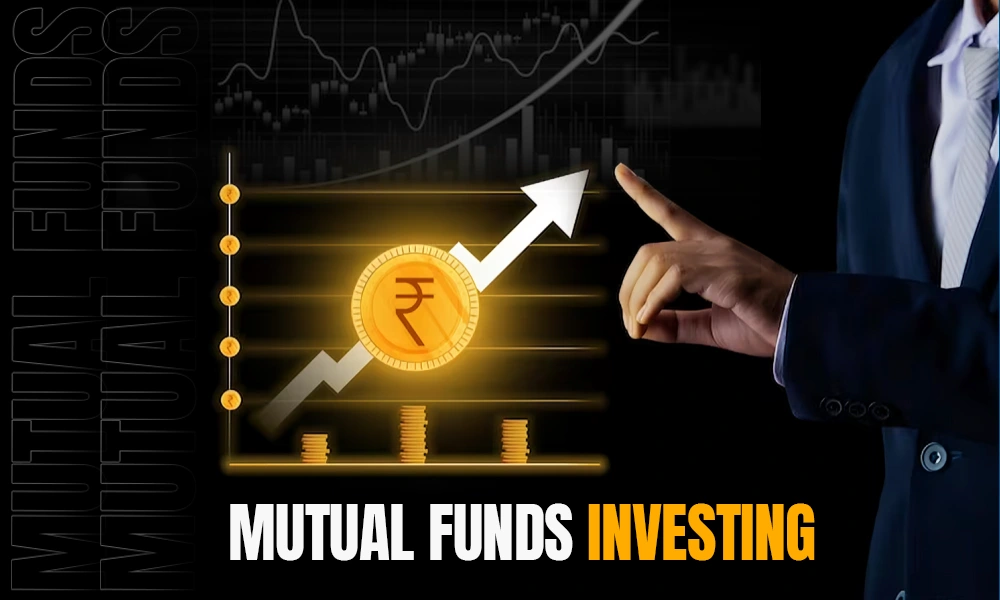Everything You Need to Know About Decentralized Banking

Decentralized banking is a new and emerging technology that removes third-party institutions from financial transactions. It is a safer option that does not charge any fees. If you wish to know more about it, read this blog for all the info.
What is Decentralized Banking?

Decentralized Banking or DeFi uses distributed ledger technologies to provide services like loans, investing, and crypto asset exchange without the need for a conventional centralized middleman.
As we know, the Federal Reserve and Security and Exchange Commission set the rules and laws for Banks, and other government-held financial institutions and provide finances through which customers obtain capital. However, Decentralized Banking is quite the opposite and is more inclined to empower peer-to-peer digital trades.
Unlike traditional financial methods, customers can hold money, make transactions, and transfer funds to anyone with an internet connection, all by removing the fees charged by banks.
Now that you know what Decentralized Banking means, let’s go ahead and see how it is different from Centralized Banking in the next section.
How is Decentralized Banking Different from Centralized Banking?
In centralized Banking, banks and other intermediaries charge fees for their services, such as money transfers between parties. An acquiring bank receives a credit card charge from the merchant and then sends the card information to the credit card network.
The network then charges money from the bank for clearing the payment. During the online transaction you see many links attached for the payment processing, all these companies get paid for carrying out the transaction. From loan applications to credit card payments to the Bank, everything comes under centralized financing.
Decentralized finance has come into the picture so that it can remove all the middlemen, thus providing direct transactions between merchants and businesses. The best is that all can be done with just an internet connection.
This model uses strict security protocols to ensure safety and protection against scams and fraud. You can borrow, trade, and share money with anyone from the comfort of your home. Isn’t it great!
How Does the Decentralized Banking Model Work?
DeFi models run on blockchain technology. The blockchain is a database of information that distributes transactions across the network of computers in the blockchain.
In this model, transactions are recorded in blocks which are verified by the users. After the verification by the parties, the block is closed with encryption and a new block is created that holds all the previous details.
Each block contains information, and cannot be changed without affecting the other one, as they are all chained together. As a result, there’s no way to alter it. Hence, it is why decentralized finance on blockchain is seamless and powerful.
Features of Decentralized Banking
You can see this finance model for peer-to-peer lending, online loan applications, and even in crypto exchanges. Let’s discuss the features here.
- Negotiation: Any two parties can negotiate the charges, and interest rates, and receive and lend money through the DeFi network.
- Strong Security: As DeFi uses blockchain technology, it is nearly impossible to break the chain, alter the details, or do anything unethical. These chains are immutable and are guarded by security protocols.
- Convenience: Unlike traditional banking where you are required to visit to carry out the banking procedures, DeFi transactions can be done with just an internet connection.
So these are the best features of Decentralized Banking. Moving ahead, let’s discuss its positives and negatives in the next section.
Pros and Cons of Decentralized Banking
The decentralized banking model has a lot of potential, but there’s no denying that it has some downsides too. Let’s look at the positives and negatives of DeFi.
So these are the pros and cons of the finance model. Please note that DeFi does not charge fees itself, instead gives you options of lenders to choose from anywhere in the work.
Final Words
DeFi encourages the usage of peer-to-peer, or P2P transactions, by cutting off the fees that banks and other financial institutions charge for using their services. It challenges the centralized or traditional banking methods with its powerful features.
The model runs on Blockchain technology and can also be used to trade cryptocurrencies. The system is evolving and adding new and advanced features to benefit the customers.
We are also sure that we’ll witness the formation of regulated laws and rules managing the DeFi ecosystem in the near future.










